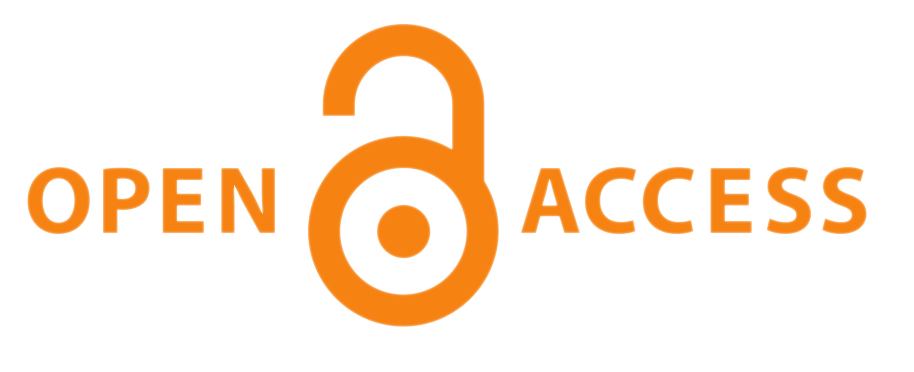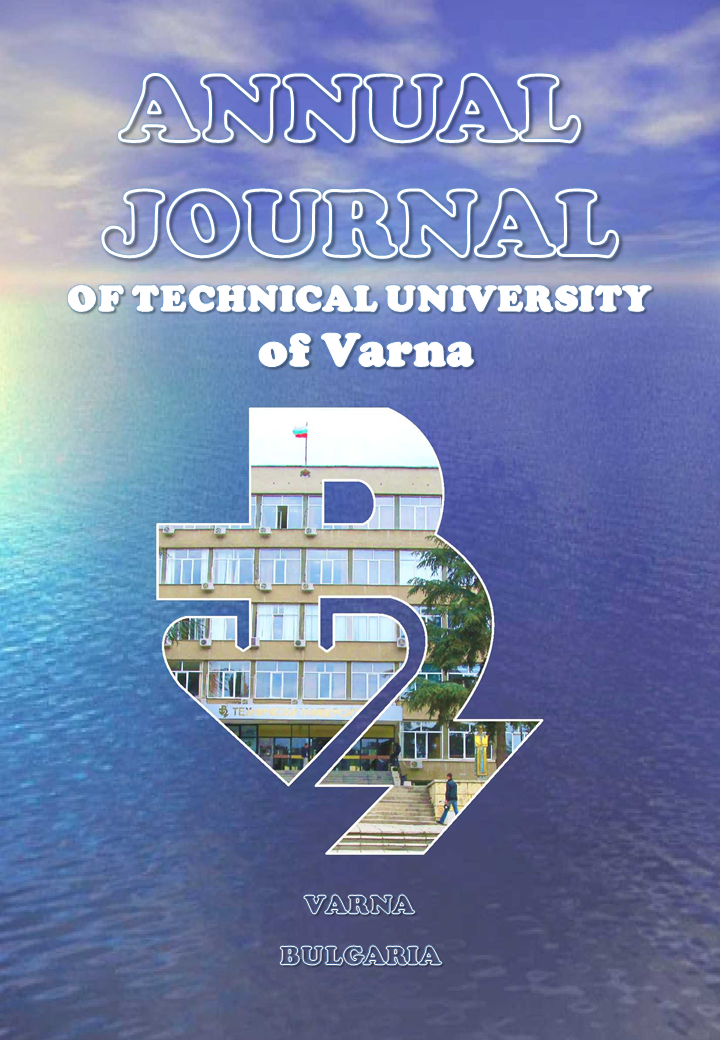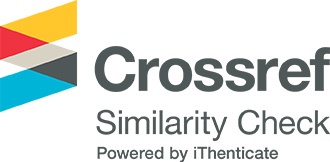DYNAMICS OF THE MICROBIOLOGICAL INDEXES AT LIME TREATMENT OF SLUDGES FROM A PURIFICATION PLANT
##semicolon##
https://doi.org/10.29114/ajtuv.vol5.iss2.256##semicolon##
sludges##common.commaListSeparator## microflora##common.commaListSeparator## lime treatment##common.commaListSeparator## lavender##common.commaListSeparator## basilАбстракт
Microbiological indexes have been studied in dynamics at lime treatment and independent planting of lavender (Lavandula angustifolia, variety “Hemus”) and sweet basil (Ocimum basilicum, variety “Genovese”) of fresh sludges from a purification plant, with concentrations of quicklime: 10%, 20% and 30% for a 40-day period of composting. The microbiological analysis includes determining of nonpathogenic (non-spore forming bacteria, bacilli, actynomycetes, micromycetes, bacteria, which assimilate mineral nitrogen) and pathogenic (Salmonella spp., Escherichia coli and coliforms, Enterococcus, Clostridium perfringens) microflora. Out of the beneficial microflora in the sludges the quantity of the non-spore forming bacteria is the biggest, and the lowest is of the actynomycetes. A basic share in the composition of the pathogenic microflora occupies Clostridium perfringens, followed by Escherichia coli and coliforms, and Enterococcus. Absence of Salmonella spp. was established in the studied sludges. The best results for the disinfection of the sludges displays the adding of 30% quicklime (followed by the variants with 20% and 30% lime), on 5-th day of the experiment setting. The pH decrease in the period of the study leads to a repeated development of pathogenic microflora. In the meantime the creation of an alkaline medium leads to decrease in the quantity of the beneficial microorganisms. The decrease of the moisture and the drying of the sludges for the study period display a weaker effect on the dynamics of the microflora in comparison with the pH increase impact. The planting of lavender and basil independently in the sludges samples from a purification plant has a beneficial effect (a little bit better with the lavender variants) for increase of the quantity of nonpathogenic microbes and pathogens frequency of occurrence decrease. The effect is intensified by increasing the plant development period.
Изтегляния
##submission.citations##
##submission.downloads##
Публикуван
##submission.howToCite##
Брой
Раздел (Секция)
##submission.license##
СПОРАЗУМЕНИЕ ЗА ПУБЛИКУВАНЕ
Годишника на Технически университет - Варна (ГТУВ) цели да гарантира, че постъпващите статии се публикуват, като същевременно се предоставя значителна свобода на публикуващите ги автори. За изпълнение на тази цел, ГТУВ поддържа гъвкава политика относно авторските права, което означава, че няма прехвърляне на авторски права от автора на издателя, а авторите запазват изключително авторско право върху интелектуалното си произведение.
При изпращане на статия, Отговорния автор трябва да се съгласи и приеме правилата и условията за публикуване, изложени в настоящото Споразумение за публикуване, които са както следва:
ПРЕДОСТАВЯНЕ НА ПРАВА ОТ ОТГОВОРНИЯ АВТОР
Отговорния автор предоставя на ГТУВ за времето на пълния срок на авторското право и всяко следващо удължаване или подновяване, следното:
• Неотменимо, неизключително право да публикува, възпроизвежда, предоставя, разпространява или по друг начин използва предоставената работа в електронни и печатни издания и в производни произведения в целия свят, на всички езици и във всички известни съществуващи или в последствие възникнали медии.
• Неотменимо, неизключително право да създава и съхранява електронни архивни копия на работата, включително правото да депозира предоставената работа в дигитални хранилища с отворен достъп.
• Неотменимо, неизключително право на лицензиране на други лица да възпроизвеждат, превеждат, преиздават, предоставят и разпространяват предоставената работа при условие, че авторите са надлежно идентифицирани (за момента това се извършва чрез публикуване на произведението под лиценз Creative Commons Attribution 4.0 Unported).
С предоставянето на работата за публикуване, авторските права върху материала остават на авторите. Авторите запазват всички патентни, търговски марки и/или други права върху интелектуалната си собственост.
ЗАДЪЛЖЕНИЯ НА ОТГОВОРНИЯ АВТОР И СЪАВТОРИТЕ
При последващо разпространение или повторно публикуване на предоставената работа, Отговорния автор се съгласява да идентифицира ГТУВ, в който е публикувано произведението като първоначален източник на първото публикуване на работата. Отговорния автор гарантира, че съавторите също ще посочват ГТУВ като източник на първото публикуване, когато разпространяват, преиздават или се позовават на настоящата работа в бъдещи свои публикации.
ГАРАНЦИИ ОТ СТРАНА НА ОТГОВОРНИЯ АВТОР
Отговорния автор гарантира че предоставената за публикуване работа не нарушава никои действащи нормативни разпоредби или законни права на която и да е трета страна. Същия гарантира че работата не съдържа какъвто и да е материал, който може да се възприеме от читателската аудитория като неетичен, компрометиращ, нехуманен, расистки, клеветнически и/или нарушаващ авторски и/или имуществени права, права на интелектуална собственост или поети ангажименти за поверителност към трети страни. Отговорния автор гарантира че предоставеният материал е с оригинално съдържание, не е официално публикуван в никое друго издателство, както и че не е в процес на публикуване пред други издателства. Отговорния автор също така гарантира че притежава съответните правомощия да сключи настоящото споразумение. Ако предоставяната работа е подготвена съвместно с други съавтори, Отговорния автор гарантира че всички останали съавтори са информирани и са съгласни предоставения материал да бъде публикуван в ГТУВ.
Отговорния автор лично (или от името на авторския колектив) дава съгласието си да не въвлича по никакъв начин ГТУВ като страна в каквито и да било научни, академични, административни и/или съдебни спорове, в случаите на установени нарушения на горепосочените декларации и гаранции.
ПРАВА И ЗАДЪЛЖЕНИЯ НА ГТУВ
ГТУВ се съгласява да публикува предоставения материал, в случаите когато същия отговаря напълно на всички необходими качествени, технически и редакционни изисквания, като го идентифицира еднозначно с авторите му. В следствие на настоящото споразумение, на ГТУВ се предоставя правомощие да упражнява права при необходимост от името на авторите върху трети лица, като например в случаите на установено плагиатство, нарушаване на авторски права и др.
Декларация за поверителност на лични данни
Вашите имена и имейл адреси, въведени в уебсайта на ГТУВ, ще бъдат използвани само и изключително за обявените цели на настоящото списание и няма да бъдат използвани за никакви други цели от издателя или предоставяни на друга - трета страна.
Издателят се задължава да извърши всички необходими действия, цялата предоставена лична информация да остане конфиденциална, в рамките на издателя и да не бъде споделена с външни обекти или субекти, освен ако не е дадено предварително изрично разрешение от собственика на личните данни.
Вашата лична информация няма да бъде обект на продажба, разпространение или публикуване по какъвто и да е начин и под каквато и да е форма.









